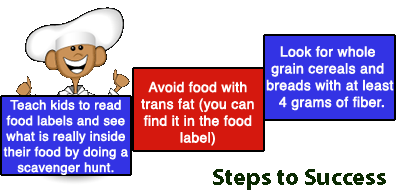Understanding what are Nutrient Claims

You ever find yourself in the grocery store looking at the advertising on the front of a box of cereal or a bag of chips and wonder what the difference is between fat free, reduced fat and low fat? Has a “lite” salad dressing or the label on a can of peaches that reads “no added sugar” caught your eye?

These are examples of nutrient claims that are regulated by the Food and Drug Administration (FDA). Nutrient claims are usually located on the front side of a product so that it is visible to the shopper. For example, if you walk down the cereal isle you might see the claim “high fiber” on the front of several different brands. This means that any product that states “high fiber” has at least 5 grams of fiber per serving.
Before the FDA implemented regulations defining what terms may be used to describe a nutrient in a food there were no guidelines for food manufacturers. That made it tough for consumers to compare foods based on their nutritional content. Now that all the manufacturers must meet these strict criteria to make a nutrient claim, it makes shopping for food a lot easier.
Healthy Eating

Healthy Child

Written by Maggie LaBarbera
•
Written on May 14, 2012
•
Last updated on Aug 20, 2013



0 Comments